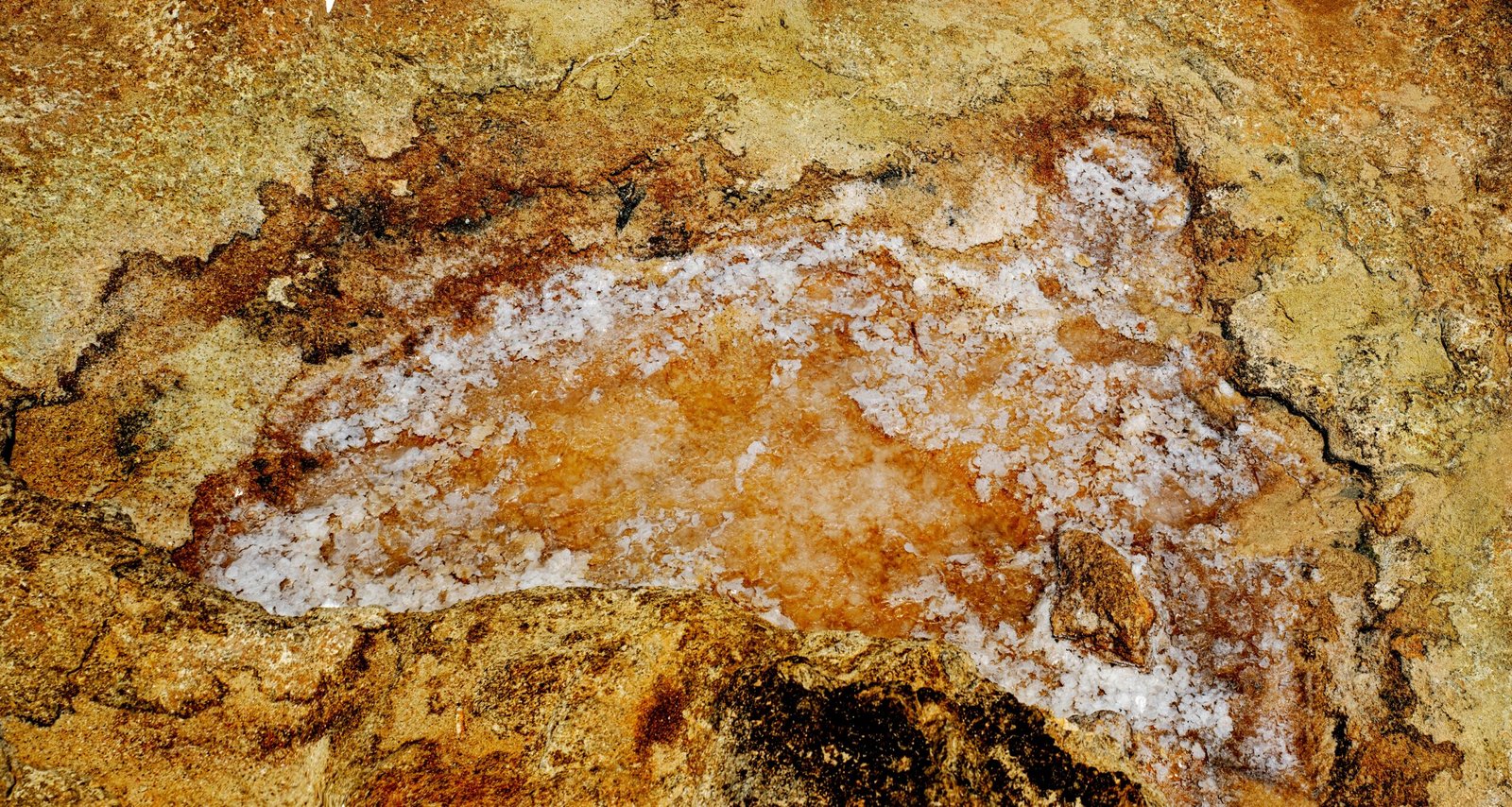Sedimentary structures within rock formations provide valuable clues about the processes that occurred during their formation. By understanding and interpreting these structures, geologists can unravel the history of the Earth and gain insights into past environments. In this article, we will explore the various types of sedimentary structures and discuss how to interpret them.
What are Sedimentary Structures?
Sedimentary structures are the physical features that develop within sedimentary rocks as a result of deposition and subsequent geological processes. These structures can range from small-scale features, such as ripple marks and mud cracks, to large-scale structures, such as cross-bedding and graded bedding.
Types of Sedimentary Structures
1. Ripple Marks: These are small ridges or undulations that form on the surface of sediment layers due to the movement of water or wind. Ripple marks can be symmetrical or asymmetrical and provide information about the direction and strength of the current or wind at the time of deposition.
2. Cross-Bedding: Cross-bedding is characterized by inclined layers of sediment within a larger sedimentary unit. These inclined layers, known as cross-beds, form as a result of wind or water currents. By analyzing the orientation and shape of cross-beds, geologists can determine the direction and intensity of ancient currents.
3. Graded Bedding: Graded bedding occurs when sediment particles of different sizes settle out of a fluid and form distinct layers. The largest and heaviest particles settle first, followed by progressively smaller particles. This process creates a graded sequence of sediment layers, with the coarsest particles at the bottom and the finest particles at the top. Graded bedding can indicate changes in energy levels during deposition.
4. Mud Cracks: Mud cracks, also known as desiccation cracks, form when wet sediment dries out and contracts. As the sediment shrinks, it develops polygonal cracks that resemble a dried-up mud puddle. Mud cracks are indicative of environments that undergo alternating wet and dry conditions.
5. Fossils: Fossils are the preserved remains or traces of ancient organisms. They can provide valuable information about past environments and the organisms that inhabited them. Fossils can be found within sedimentary rocks and can help geologists determine the age and depositional environment of the rock.
Interpreting Sedimentary Structures
Interpreting sedimentary structures requires a combination of careful observation and understanding of geological processes. Here are some key steps to follow:
1. Observe the size, shape, and orientation of sedimentary structures. Note any patterns or trends that may be present.
2. Consider the depositional environment. Different sedimentary structures are associated with specific environments. For example, ripple marks are commonly found in riverbeds and beaches, while mud cracks are indicative of arid or semi-arid environments.
3. Compare the sedimentary structures with known examples and geological literature. This can help in identifying the specific type of structure and its significance.
4. Analyze the surrounding rock layers and any associated features. Sedimentary structures do not exist in isolation and are often associated with other geological features, such as bedding planes, fossils, or mineral veins.
5. Consider the geological history of the area. Sedimentary structures can provide insights into past processes, such as ancient river systems, ocean currents, or climate conditions.
Conclusion
Sedimentary structures are invaluable tools for geologists to decipher the Earth’s history. By carefully observing and interpreting these structures, geologists can reconstruct past environments and gain a deeper understanding of the processes that shape our planet. Whether it’s ripple marks, cross-bedding, or mud cracks, each sedimentary structure tells a unique story waiting to be unraveled.







